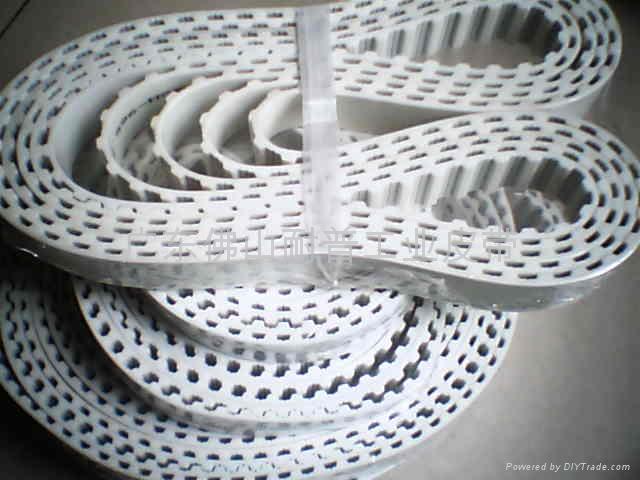So I took one day return trip to India's DIY Heaven, by that I mean Mumbai's product oriented market streets, specifically Lamington Road for all the electrical components and Nagdevi Street for mechanical components.
I had already received the main items from US, the Servo City's DMSC and DP's DollyShield DIY Kit, but I needed few more main items and components to piece everything together. So here are the things that I got from this trip to heaven;
Tools and items required to solder the DollyShield DIY Kit:
From the above image, starting from top left to bottom right I got;
1x Solder Wire with Flux
1x Solder Iron Stand
1x Wire Stripper
1x Nose Pliers
1x Wire Cutter
1x Digital Multi-meter
You must be wondering where is the Solder Iron itself, well that I am borrowing from a friend.
Arduino UNO Rev3:
Without the Arduino board the DollyShield Kit is like a PC without a Processor. In order to complete the MX2 controller using DollyShield Kit, remember it is a SHIELD, it has to be mounted over the Arduino UNO Rev3 or Dueminalove and install the firmware from DP's site, to bring it to life. I loved those swag stickers they give with the Arduino to brag that its your custom modded DIY project powered by Arduino. Haha!
Switches, Cables and Jacks:
2x Limit Switches:
I got these Plunger Type Limit Switches in order to stop the Slider's carriage when it reaches the end of the rail.
Will be using these cables to connect the Limit Switches to the MX2 Controller via the 2.5mm TRS Ext-1 port.
2.5mm to 3.5mm TRS Cables, Extensions and Adapters:
Will be using these cables to connect the Limit Switches to the MX2 Controller via the 2.5mm TRS Ext-1 port.
2x DC Barrel Jack Couples:
Will be using these to easily switch the motor connection between the two controllers as per my requirement of Real Time Video and Timelapse. Also to power both the controllers simultaneously using the Tekkeon Portable Battery.
Motor, Timing Belt and Pulley:
12V DC Square Gear Motor:
I initially wanted a 60 RPM 12V DC Square Gear Motor having 12.5kg-cm or higher torque, when I went to the shop on Lamington road, most shops did not have a 60RPM motor in stock, but then I found a better motor, the one above in picture is a 100RPM with 20kg-cm torque, but I won't believe the seller's word, so even if the motor gives half the torque as said, it will still work for me.
Timing Belt and Pulley:
It turns out that the normally preferred HTD-5m, 9mm wide rubber belt is quite costly in India, due its low requirement, the shop that I went to on Nagdevi Street, suggested another belt type called XL, made of PU material, which would just work the same as HTD, HTD is rated for a lot extreme load conditions, which are not required in my case as the load is not of that range, XL belt is sufficiently strong enough to for my case, it is affordable and its pulley's too are easily available and inexpensive. So I got a 2.5m Open Belt of XL type, 9mm wide and a 26 tooth aluminium pulley for the same as shown below.
So now I have most of the things needed to start fabricating the project. My next steps will be;
- Assemble the DollyShield Kit.
- Attach it to Arduino and load firmware.
- Test it with motor, limit switches and battery.
- Purchase or build a slider system.
- Figure out how will I mount the Belt, Pulley and Motor on the slider system.
- Design a ergonomic case for the controllers and make the whole system easy to switch between Video and Timelapse Mode.
- Test the slider out.
One more thing, there is a surprise feature that I will be adding to this already Ultimate Slider, if its successful then it will be revealed in the test video.
Until then stay stoned!
Shivam.













